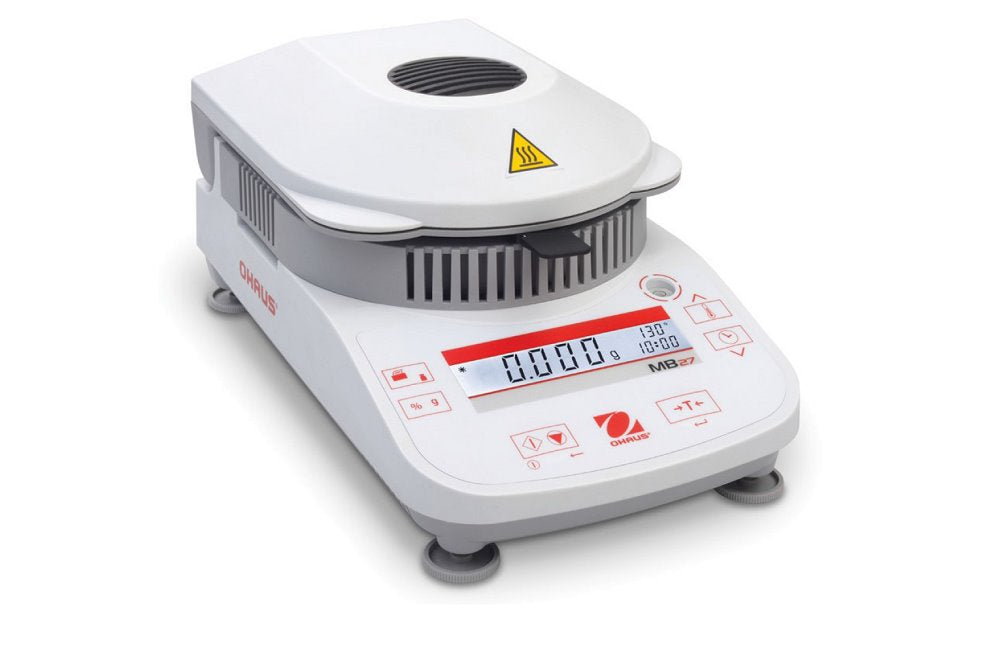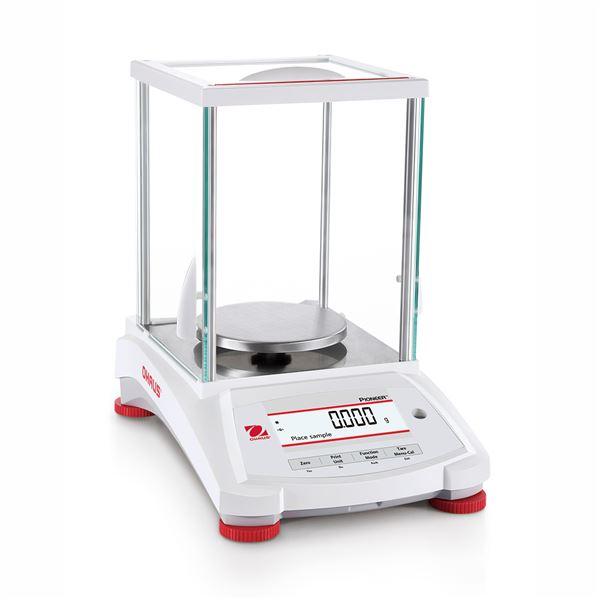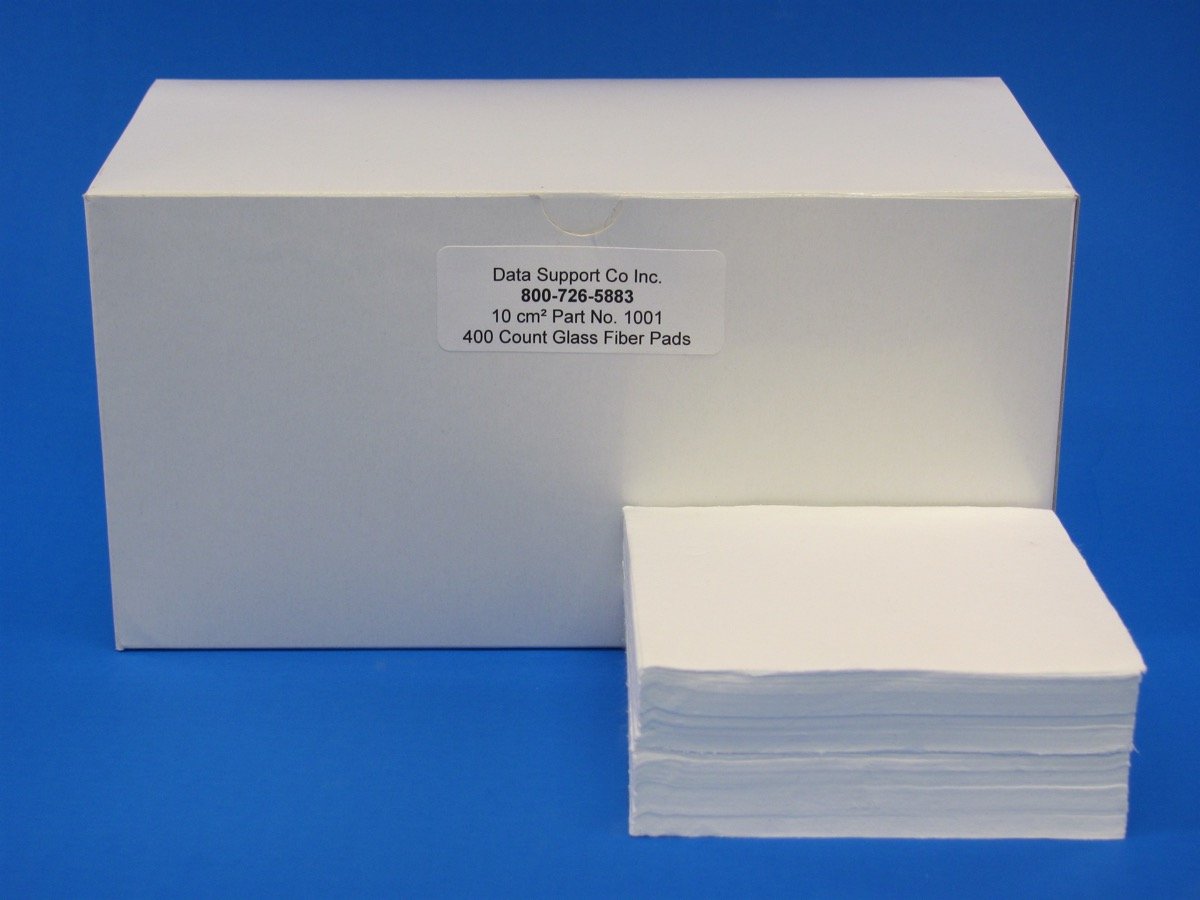Treating the sludge produced by wastewater treatment is an important part of the process for any plant. While sludge treatment is a whole process of its own, we’ll focus primarily on dewatering and the role of moisture analysis in today’s post.
Let’s start with a quick overview of what happens before the process of dewatering is initiated.
Preparing Sludge for Dewatering
To prepare sludge for dewatering, it’s first thickened and then put through a process of digestion.
To put it in simple terms, it means that the volume of the sludge has been minimized, and any useful byproducts and gases such as carbon dioxide and methane have been extracted.
While a lot of the moisture has already been removed by this stage, 70-80% of the discharge is still water, despite the solidified state.
This is where dewatering comes in.
Dewatering the Sludge
Once the sludge is ready for dewatering, it is put through a drying process that separates the solid cake from the water.
That is typically achieved by using sludge-drying beds, which can take weeks. To quicken the process, we recommend using a more modern solution like centrifugation (using a solid-liquid separation device), as it’s not just faster but also easier to handle.
There are set regulations for the moisture content of the cake before it can be used for any purpose. For starters, the cake must not have more than 9 - 10% moisture.
And that brings us to our next point…
The Critical Role of Moisture Analysis
Not only do you need to bring the moisture content down to 9 - 10%, but you must know it within 0.5 - 1% accuracy. And the best way to do that is by using a precise moisture analyzer.
Almost every wastewater treatment plant uses a documented procedure where samples are put through a moisture analyzer several times a day to ensure the resultant cake meets the regulatory requirements.
While the exact working mechanism of a moisture analyzer depends on the model, the overall process is generally the same.
A representative sample of the sludge is spread over a fiberglass filter and then put onto the moisture analyzer sample plate holder. The analysis process starts as soon as the cover of the device is closed and ends when the dry weight is stable. The moisture content is then displayed on the LCD.
To sum it all up, moisture analysis is critical for sludge dewatering because it offers precision that is necessary to meet regulatory requirements and to ensure the resultant cake is useable as a fuel or an organic fertilizer.
Plus, it gives the operator fine control over the entire drying process.
The Moisture Analyzer Our Customers Prefer
As we touched on earlier, there are multiple types of moisture analyzers out there. However, many of our customers in the wastewater treatment industry prefer the DSC MoistureWave Microwave Moisture Analyzer.
As the name suggests, that device uses microwave technology because of its ideal performance in terms of accuracy, speed, and capacity. On top of that, it’s the only moisture analyzer that comes with an advanced touch screen system.
Thanks to its soaring popularity, we also offer it as a service today. If you would like to learn more about it, you should contact us here today.




